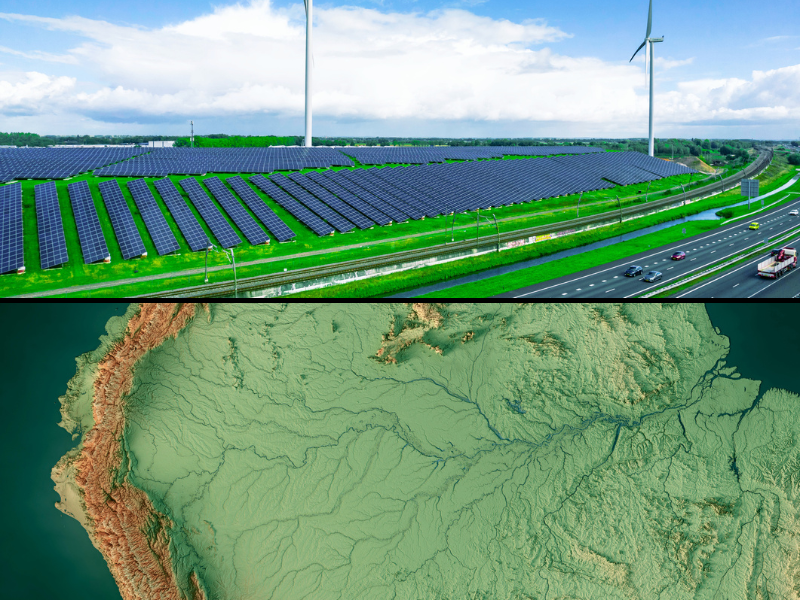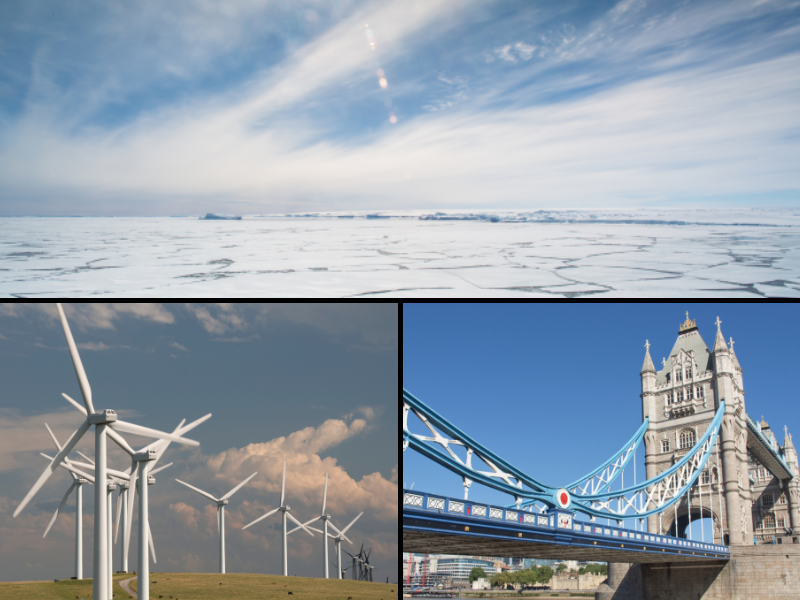In a development few could have foreseen as recently as a decade ago, the United States recently exported its first shipment of liquefied natural gas (LNG).
A tanker bound for Brazil departed Cheniere Energy’s Sabine Pass LNG export facility in late February.
Cheniere originally intended the Sabine Pass facility to receive imported LNG. The U.S. natural gas boom, resulting from hydraulic fracturing, prompted Cheniere to “reverse-engineer” the Louisiana terminal for the export of LNG. Cheniere is the first U.S. company to receive a federal permit to export LNG.
“Ten years ago, the experts thought the United States needed to import natural gas,” said Dan Simmons, vice president of the Institute for Energy Research. “Now, we are a natural gas exporter.
“It is difficult to understate the impact of the hydraulic fracturing revolution on the global natural gas market,” Simmons said. “The biggest problem for producers is not too little natural gas in the United States, but too much, leading to super low prices.”
A second LNG shipment is expected to depart Cheniere’s Gulf of Mexico terminal for Klaipeda, Lithuania in the spring. Lithuania, eager to reduce its dependence on natural gas from Russia, has acquired a Norwegian-built, 950-foot floating import terminal, referred to as “the Independence,” to receive U.S. exports of LNG.
Poland, Bulgaria, and Germany have all expressed interest in receiving U.S. LNG to loosen Russian natural gas giant Gazprom’s control of their energy markets.
Competition with Gazprom
The Wall Street Journal (WSJ) reports Deutsche Bank estimates the United States could become Europe’s biggest natural gas supplier within a decade. Russia currently supplies one-third of the natural gas Europe uses.
Just how serious a competitor the United States will become depends on energy prices. Citing Trevor Sikorski of the London-based consulting firm Energy Aspects, WSJ says the United States can deliver gas to Europe for about $3.60 per million British thermal units (MBTU). Russia currently charges around $4.60 per MBTU.
Sikorski says Russia could cut its prices well below the U.S. price, but he says doing so would harm Russia’s struggling economy, which is heavily dependent on exports of oil and gas to pay for food and other consumer goods it imports, according to WSJ.
‘Lifting the American Spirit’
“The export of U.S.-produced natural gas marks the emergence of America as an energy-rich nation,” said James Taylor, senior fellow with The Heartland Institute, publisher of Environment & Climate News. “For years, we behaved and suffered as an energy poor nation due to our poor political choices.
“Even though the environmental left would like to see us remain an energy poor nation, the irrepressible benefits of the fracking revolution are lifting the American economy and the American spirit,” Taylor said. “However, we cannot just sit back and take this emerging energy abundance for granted.
“As recently as March 6, Hillary Clinton and Bernie Sanders stood on a stage in Flint. Michigan and argued with each other over who would be the quicker to shut down fracking,” noted Taylor. “Without fracking, gasoline prices would return to $4 per gallon, and America would once again suffer at the whims of foreign energy producers.”
Bonner R. Cohen, Ph.D. ([email protected]) is a senior fellow at the National Center for Public Policy Research.





